Best Practices Articles
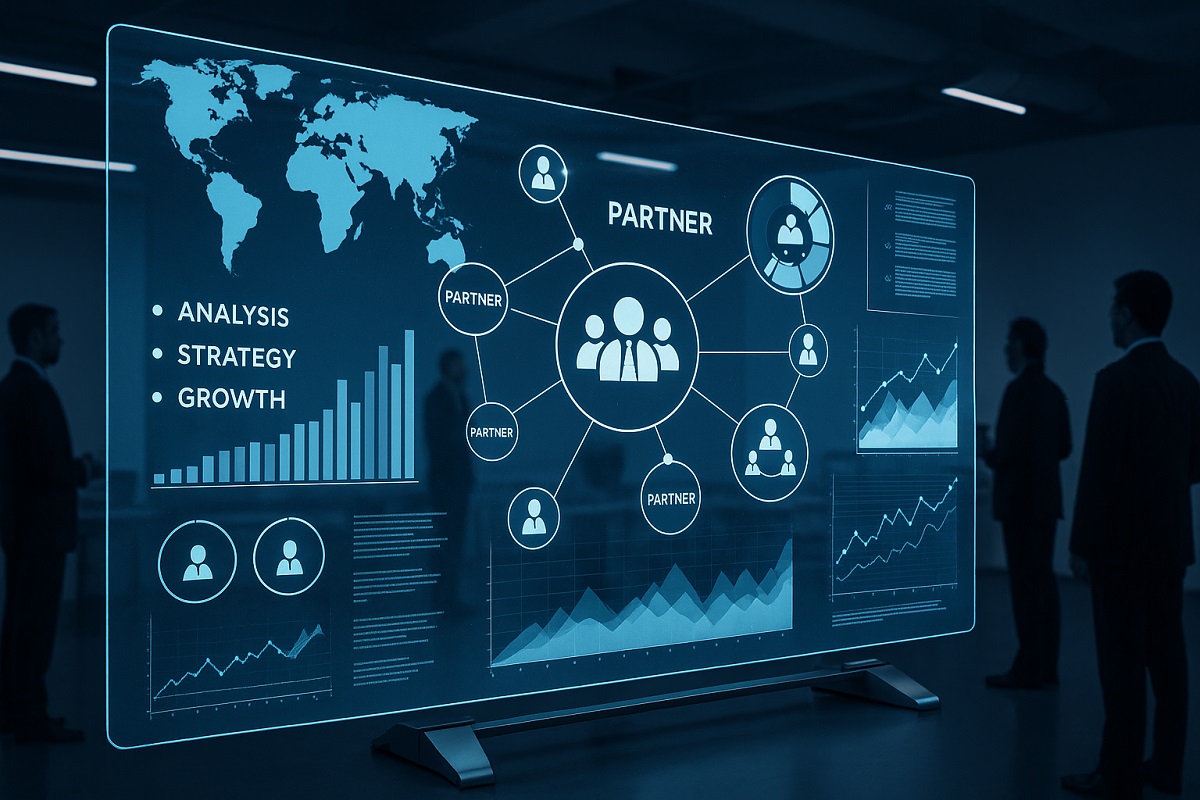
Building Data-Driven Partner Programs: From Assessment to Execution
The enterprise technology landscape has become intensely competitive, where partner programs now function as strategic growth engines rather than just supplemental revenue streams. As markets evolve and buyer journeys grow more intricate, effective partner programs must move beyond intuition and legacy practices. Success now hinges on a data-driven architecture that begins with precise assessments, extends through operational execution, and relies on real-time performance intelligence for ongoing refinement and optimization.
The shift to data-centric partner programs represents a significant channel transformation. Traditional partner models focused heavily on transactional engagement, static enablement, and basic margin-based incentives. These models no longer reflect how partners operate or what customers demand. Modern programs must understand partner motivations, measure actual business contributions, support regional nuances, and integrate seamlessly into the company’s operating rhythm. The future of partner programs lies in transforming the partner ecosystem into a high-performing, insight-driven collaboration platform.
This article unpacks how organizations can operationalize partner programs through a repeatable, scalable framework centered around data. It outlines the key stages of maturity—from assessment and profiling to enablement, tiering, and execution—and shows how PRM software and KPI dashboards act as the connective infrastructure. It also emphasizes the role of regional customization, performance management, and AI readiness in maintaining competitive differentiation across a global partner ecosystem.
By approaching partner program design as a strategic, data-rich discipline, organizations can ensure that their partnerships evolve in lockstep with customer expectations and business strategy. This is not merely about doing more with partners—it’s about doing better, smarter, and faster. It’s about replacing assumptions with insight and driving mutual value with every decision.
1. The Strategic Role of Assessment in Modern Partner Programs
A well-executed assessment separates high-performing programs from those that struggle to gain traction, scale, or partner loyalty.
Externally, organizations must listen deeply to their existing and prospective partners using structured interviews, regional focus groups, and qualitative research.
Internally, the assessment team must engage global stakeholders and align different departmental priorities.
This process reveals system and data structure gaps that could hinder scalable enablement.
Leading companies embed assessments into quarterly rhythms and maintain ongoing feedback loops to adapt swiftly.
2. Defining the Ideal Partner Profile Using Data and Insight
With insights from assessments, organizations define the Ideal Partner Profile (IPP) that aligns with business goals.
IPP should mirror the Ideal Customer Profile (ICP) to maintain message consistency across channels.
Data sources include:
- Historical performance data
- Marketing responsiveness
- Technical capability
- Sales behaviors
- Cultural fit
IPP should account for geographic differences and evolve with product changes and customer needs.
3. Structuring Tiering and Incentives Around Measurable Value
Modern tiering systems must evaluate partners using broader performance vectors, not just revenue.
Consider metrics like:
- Pipeline generation
- Technical certifications
- Participation in demand generation
- Customer success investment
- Enablement responsiveness
Use weighted scorecards and transparent dashboards to drive clarity and motivation.
Incentivize behaviors aligned with business priorities using micro-incentives.
4. Operationalizing Partner Enablement Through Systems and KPIs
Enablement should be dynamic, performance-linked, and supported by systems like PRM platforms.
Enablement must cater to different roles (sales, tech, marketing, execs) with tailored resources.
It should go beyond training to include co-selling, asset co-branding, live updates, and success managers.
Measure effectiveness via:
- Time-to-first-sale
- Training completion rates
- Pipeline contribution
- Sales cycle velocity
5. Driving Global Consistency Through Data and Regional Customization
Balancing global consistency with local flexibility requires a hub-and-spoke model and strong data insights.
Regional teams should localize content, tactics, and delivery models based on regional nuances.
Track metrics by region to optimize resource allocation and strategic focus.
Advisory boards and feedback loops support continuous innovation and local adaptation.
Conclusion
The future of partner programs is measurable, agile, and insight-driven. Building and scaling these programs is no longer about guesswork or gut instinct. It’s about precision. It’s about performance. It’s about data.
From assessment to tiering, from IPP design to global execution, the most effective partner programs use data to report outcomes and shape them. They use PRM software not just to store documents but to orchestrate journeys. They use KPIs not just to evaluate but to empower. This is what channel transformation looks like.
In a business environment where competition is fierce and partner mindshare is limited, organizations that adopt this data-driven approach to partner programs will not only attract the best partners—they will keep them, grow with them, and win with them.
Best Practices Guidebook
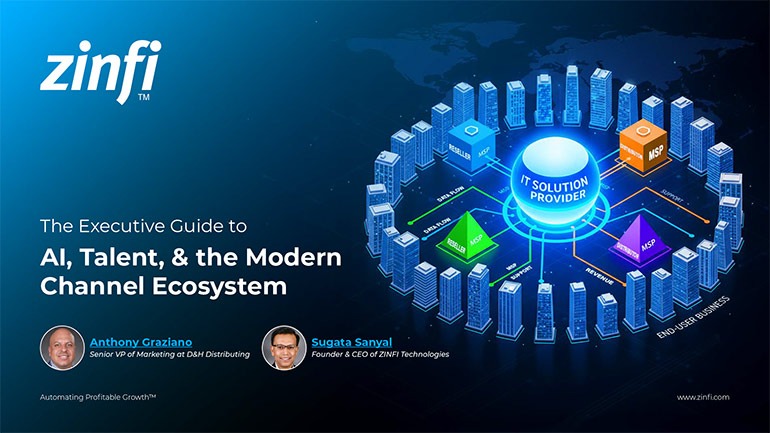 Modernizing Channel Marketing: AI and Ecosystem Enablement Best Practices
Modernizing Channel Marketing: AI and Ecosystem Enablement Best PracticesDownload for FREE
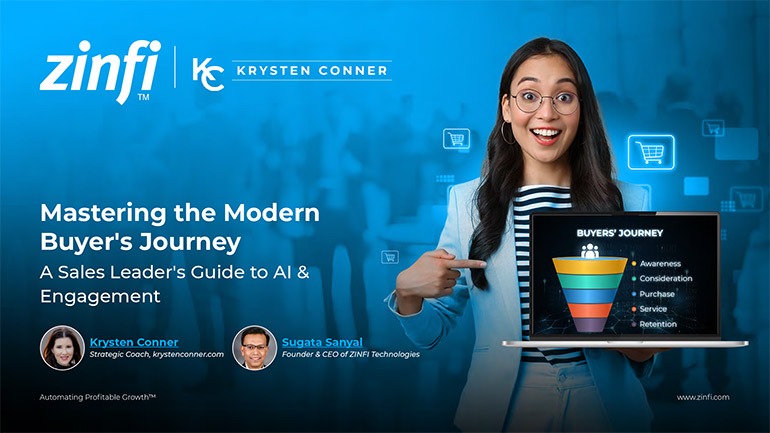 The Channel’s Shift to Partner-Led With AI Best Practices
The Channel’s Shift to Partner-Led With AI Best PracticesDownload for FREE
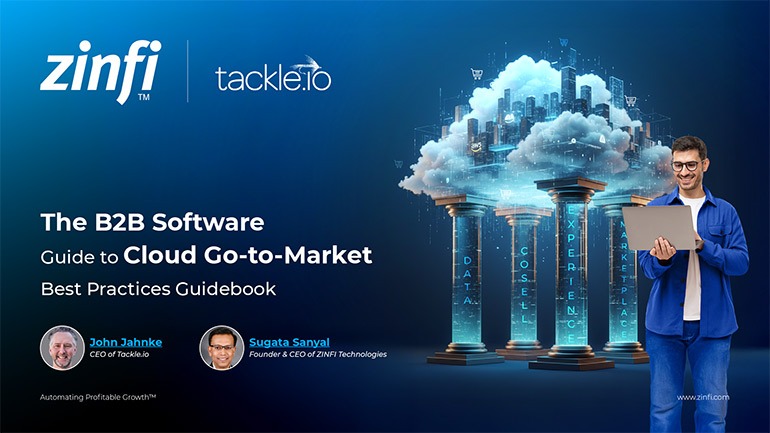 Hyperscalers, ISVs, and AI: Shaping the Future of B2B Software Distribution
Hyperscalers, ISVs, and AI: Shaping the Future of B2B Software DistributionDownload for FREE
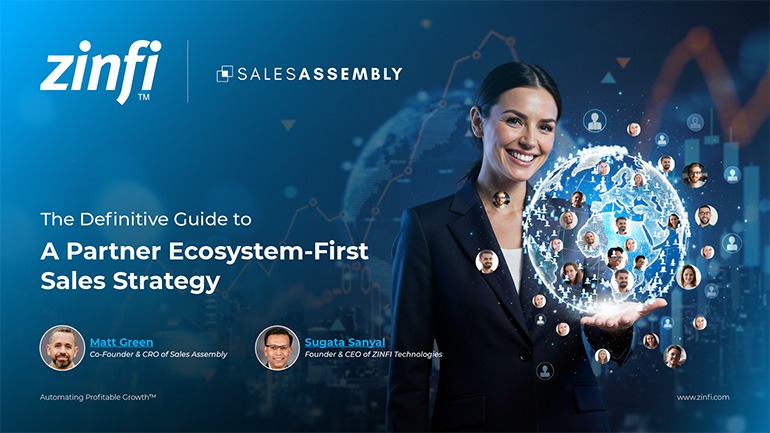 Definitive Guide to a Partner Ecosystem-First Sales Strategy
Definitive Guide to a Partner Ecosystem-First Sales StrategyDownload for FREE
 The Partner-Led Digital and AI Transformation Best Practices
The Partner-Led Digital and AI Transformation Best PracticesDownload for FREE
 Startup Talent Recruitment: Hiring Missionaries, Not Mercenaries
Startup Talent Recruitment: Hiring Missionaries, Not MercenariesDownload for FREE
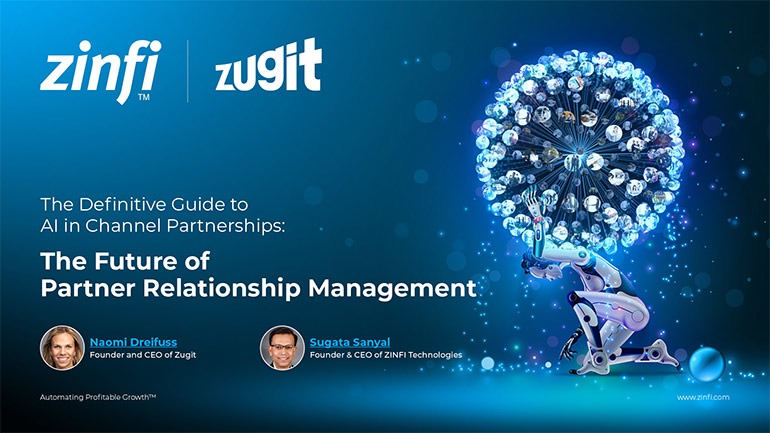 The Future of Partner Relationship Management with AI in Partnerships
The Future of Partner Relationship Management with AI in PartnershipsDownload for FREE
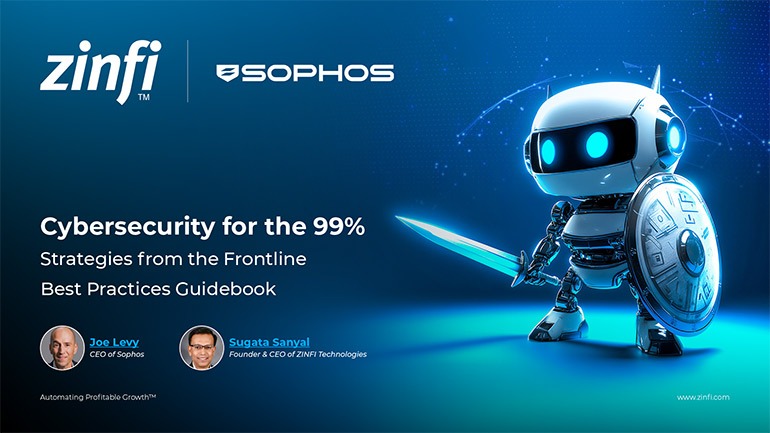 Cybersecurity for the 99%: Strategies from the Frontline
Cybersecurity for the 99%: Strategies from the FrontlineDownload for FREE
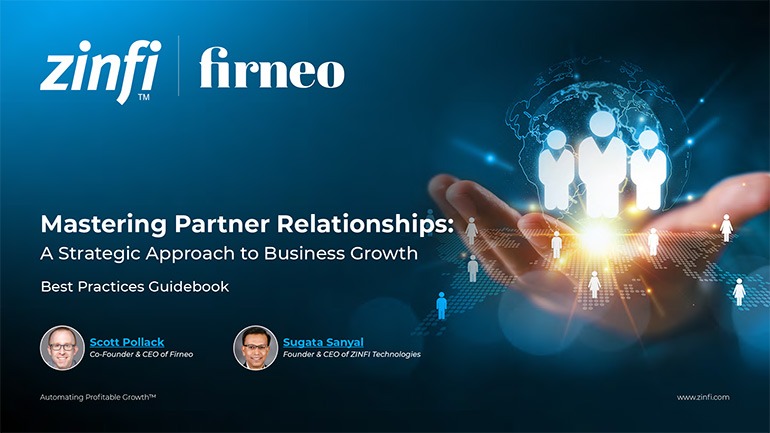 Mastering Partner Relationships: A Strategic Approach to Business Growth
Mastering Partner Relationships: A Strategic Approach to Business GrowthDownload for FREE
 Mastering Partner Relationship Management: Keys to SaaS Channel Success
Mastering Partner Relationship Management: Keys to SaaS Channel SuccessDownload for FREE
 Navigating the AI Revolution: Guide for Partners in the Microsoft Ecosystem
Navigating the AI Revolution: Guide for Partners in the Microsoft EcosystemDownload for FREE
 Mastering the Modern Buyers Journey: Sales Leader’s Guide to AI & Engagement
Mastering the Modern Buyers Journey: Sales Leader’s Guide to AI & EngagementDownload for FREE










